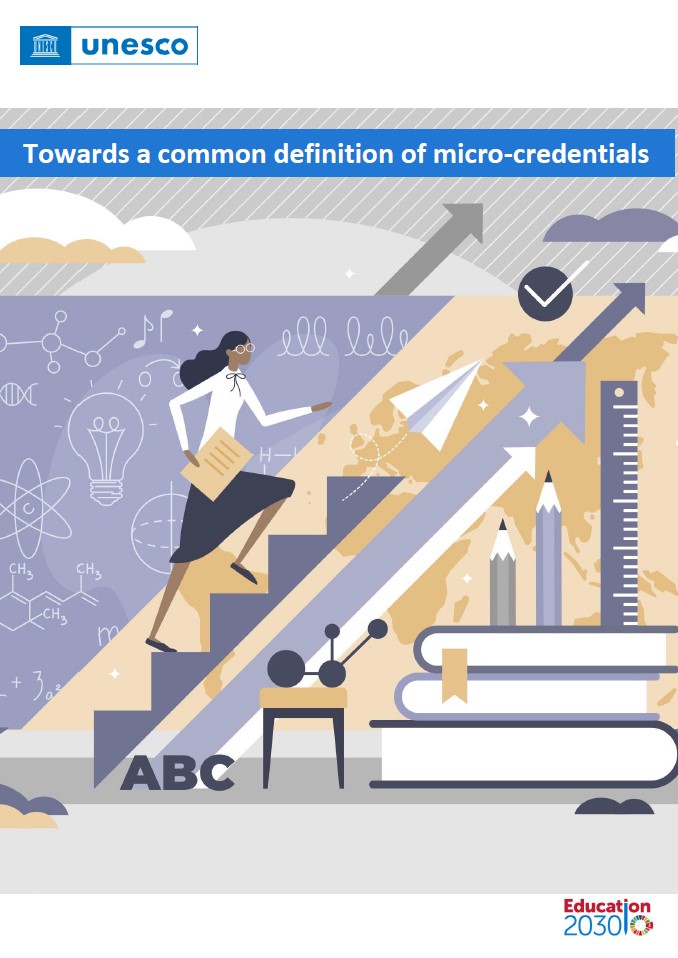THEME: ADAPTATION
The Great Upheaval: Where Are We Going?
In this section, Levine and Van Pelt examine “the impact that three forces - demographic, economic, and technological change - are likely to have on American higher education in the years to come” (p. 163). While they conclude that “colleges and universities will be able to meet the challenges of demographic and economic change” through adaptation, their outlook on digital technology suggests that the adaptation boat may have already sailed.
Quote: “In the years to come, end-of-term tests are likely to be replaced by assessments with in-course corrections. In this environment, textbooks, which are a one-size-fits-all form of instruction, can be expected to give way to customized learning materials tied to the specific outcomes a student is trying to achieve and rooted in the progress the student has made in achieving it. This would mark . . . a change in the focus of education from teaching to learning” (Levine & VanPelt, 2021, p. 155).
RESOURCES
READ
Higher Ed, Meet GPT-3: We Will Never Be the Same! - Inside Higher Ed, 2022. (4 min read)
Quote: “The world we live in is already being reshaped by artificial intelligence. The technology is changing the way we work, learn and interact with each other, but it’s also perpetuating inequality. As institutions of higher education that are tasked with preparing students for the future of work, colleges and universities have a unique opportunity to help shape this future to be more equitable.”
Why Didn't the Community College Students Come Back?, New America, 2023. (3 min read)
Quote: “One notable shift is that 37 percent of continuers now feel that online coursework provides better instructional quality than in-person instruction, compared to 25 percent when we asked in 2021. This shift in numbers may be an indicator that students who have remained enrolled in their programs have become more comfortable with their online classes over time, and/or institutions and faculty have gotten better at delivering content.”
5 Ways Higher Ed Will Be Upended, Chronicle of Higher Education, 2021. (18 min read)
Levine and Van Pelt identify “five profound and jarring new realities” shaping the figure of higher education.
Quote: “Students’ lives are increasingly filled by demands beyond college. More of them are working, and they are working longer hours. Particularly among nontraditional students, there is a growing tendency to visit the campus only to attend classes, commuting in just before their start and commuting out immediately afterward. That places a premium on convenience: They’re looking for an education that fits their circumstances at an affordable price.”
WATCH
Learning Innovation and the Future of Education - Bryan Alexander, April 5, 2020. (59 min)
How can colleges and universities improve and innovate teaching and learning? The Future Trends Forum met with Joshua Kim and Edward Maloney, authors of Learning Innovation and the Future of Higher Education, to explore.
DEEP DIVE
2022 EDUCAUSE Horizon Report | Teaching and Learning Edition (58 pages)
Quote: “Two years into the COVID-19 pandemic, much still feels the same, though in some important ways our thinking and behaviors may be shifting in anticipation of longer-term changes in the ways we structure our lives and our shared places and spaces. In higher education, these shifts may reflect an evolution from short-term "emergency" or "reactive" modes of offering education during extraordinary circumstances to making strategic and sustainable investments in a future that will be very much unlike our past.” (p. 4)
DISCUSSION & REFLECTION
- In what ways are demographic changes - such as shifts in student diversity and socioeconomic backgrounds - impacting teaching and learning at COD? What challenges and opportunities do these changes provide?
- How different are your students’ perceptions about the role or value of college from your perceptions as an instructor? In what ways do you and your students communicate these perceptions? Where do these perceptions come from?
- What do you think are the biggest disruptors - whether economic, demographic, or technological - on the horizon for higher education? Share specific examples and explain what changes they might bring to teaching and learning.
